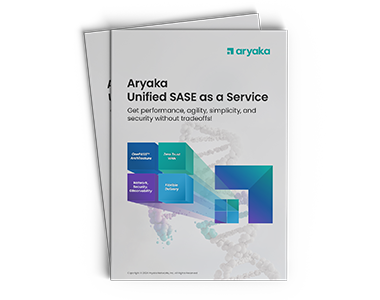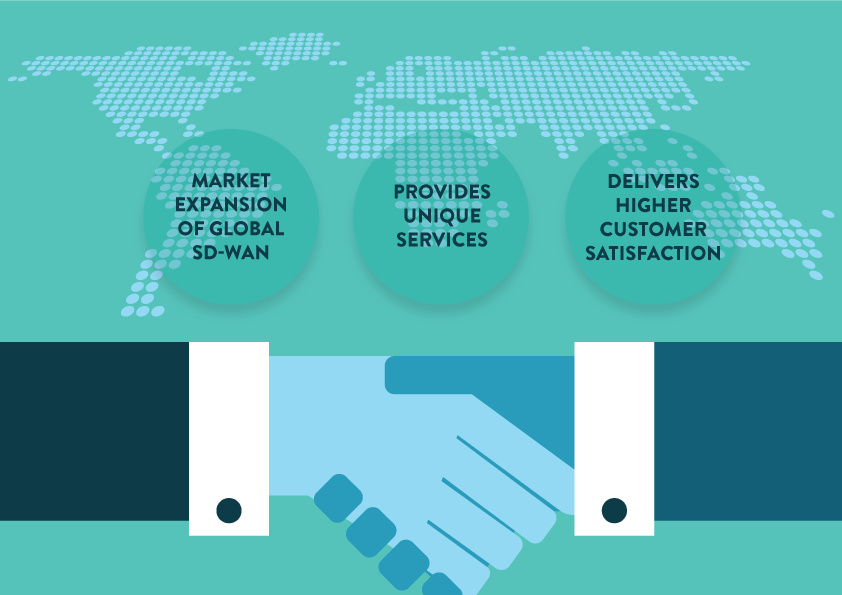What Microsoft’s recent Earnings Release means for enterprise networking
In their recently published Earnings Release for FY15 Q4, Microsoft announced that their commercial cloud revenue grew by 88%. The growth was driven by Office 365, Azure, and Dynamics CRM Online, and their commercial cloud business is now on an annualized revenue run rate of over $8 billion. Office 365 consumer subscribers increased to 15.2 million, with nearly 3 million subscribers added in the quarter.
“In our commercial business we continue to transform the product mix to annuity cloud solutions and now have 75,000 partners transacting in our cloud,” said Kevin Turner, Chief Operating Officer at Microsoft.
This does not come as a surprise.
Cloud computing is revolutionizing how enterprises work with their data and applications. By offloading most of their erstwhile on-premises applications into the cloud, businesses stand to gain the benefits of reduced capital costs, greater flexibility and scalability, and reduced complexity. The cloud also allows IT resources to shift focus to higher-value activities for the business.
Analysts have been shouting their throats hoarse about how essential it is for businesses to jump on the cloud bandwagon as soon as possible, or risk getting left behind. And they’re not wrong. According to Gartner, IT spending on public cloud services is growing more than five times faster than growth in IT spending across all categories.
At the same time, as Microsoft’s cloud earnings indicate, this is rather like a forced move in chess. You have no option but to invest in the cloud because software vendors are embracing the cloud as the new delivery model for software. Those shrink-wrap boxes of Office are a thing of the past.
It isn’t enough, though, for enterprises to simply migrate their applications to the cloud. Optimized access to critical cloud applications is equally important.
Have you ever had this happen? You log onto Office 365 or any other SaaS/cloud service, and wait and wait and wait.
It’s a common problem.
While transitioning to the cloud has clear advantages for the enterprise, cloud and SaaS vendors forgot to bake application performance into their service offerings – and rightly so. This isn’t what they do best.
The problem is that the incumbent networking vendors, protecting their legacy hardware install bases, have been slow to react to the fundamental networking changes that the migration to the cloud demands.
For instance, many applications in the cloud are accessed from branch offices halfway around the world, and they must either ride over expensive private networks (such as MPLS), or they are funneled through the public Internet, which is an unreliable medium of transport, plagued by congestion-based packet loss and high latency.
That’s fine when you’re trading YouTube videos of skateboarding fails, but many of today’s cloud-based enterprise applications are mission-critical, and sub-standard performance hampers productivity significantly.
What’s the point of adopting Microsoft’s commercial cloud services when their Office 365 performance, say, does not match up to a locally hosted equivalent?
Fortunately, it’s a solvable problem and cloud acceleration tools will help you do it.
So, what does an ideal cloud acceleration solution look like?
It consists of two critical pieces of enabling technology:
- A reliable, cloud-scale, private network. B2B cloud services need an access mechanism that bypasses the unreliable public Internet and allows end users located anywhere in the world, on any device, anytime (peak traffic times too) to communicate seamlessly with their cloud instances, so they can benefit from a LAN-like experience with predictable application performance.
- A cloud optimization stack. As cloud services increase Internet bandwidth consumption by opening up several TCP connections at once, the firewall becomes a choke point, slowing application performance down to a crawl. WAN Optimization technologies, once removed from their hardware shackles, are able to optimize cloud traffic through compression, data de-duplication, and TCP optimization.
That’s what you need in your cloud acceleration solution. Anything less, and you’ll be stuck in the slow lane, and your ROI will evaporate.
– Shailendra

- Accelerate CAD/CAM Performance
- Improve Zoom Conferencing Performance
- Calypso Embraces a SaaS-first Strategy
- CallisonRTKL Transforms their WAN
- Kleinfelder Improves Application Performance
- Teradyne Transforms their WAN
- SAP web application performance
- Kleinfelder Improves Application Performance
- Industrial Manufacturing Company Transforms WAN








